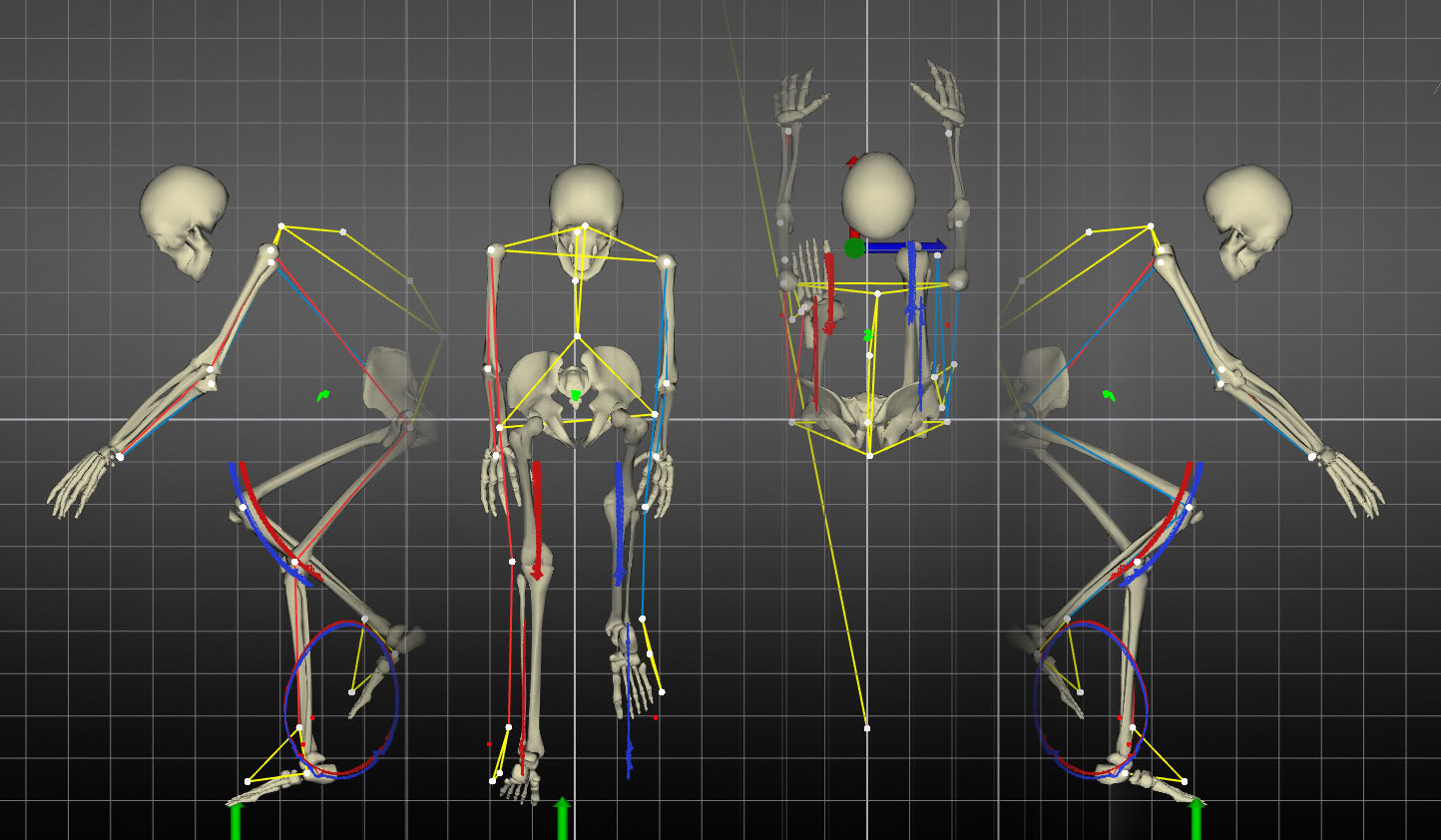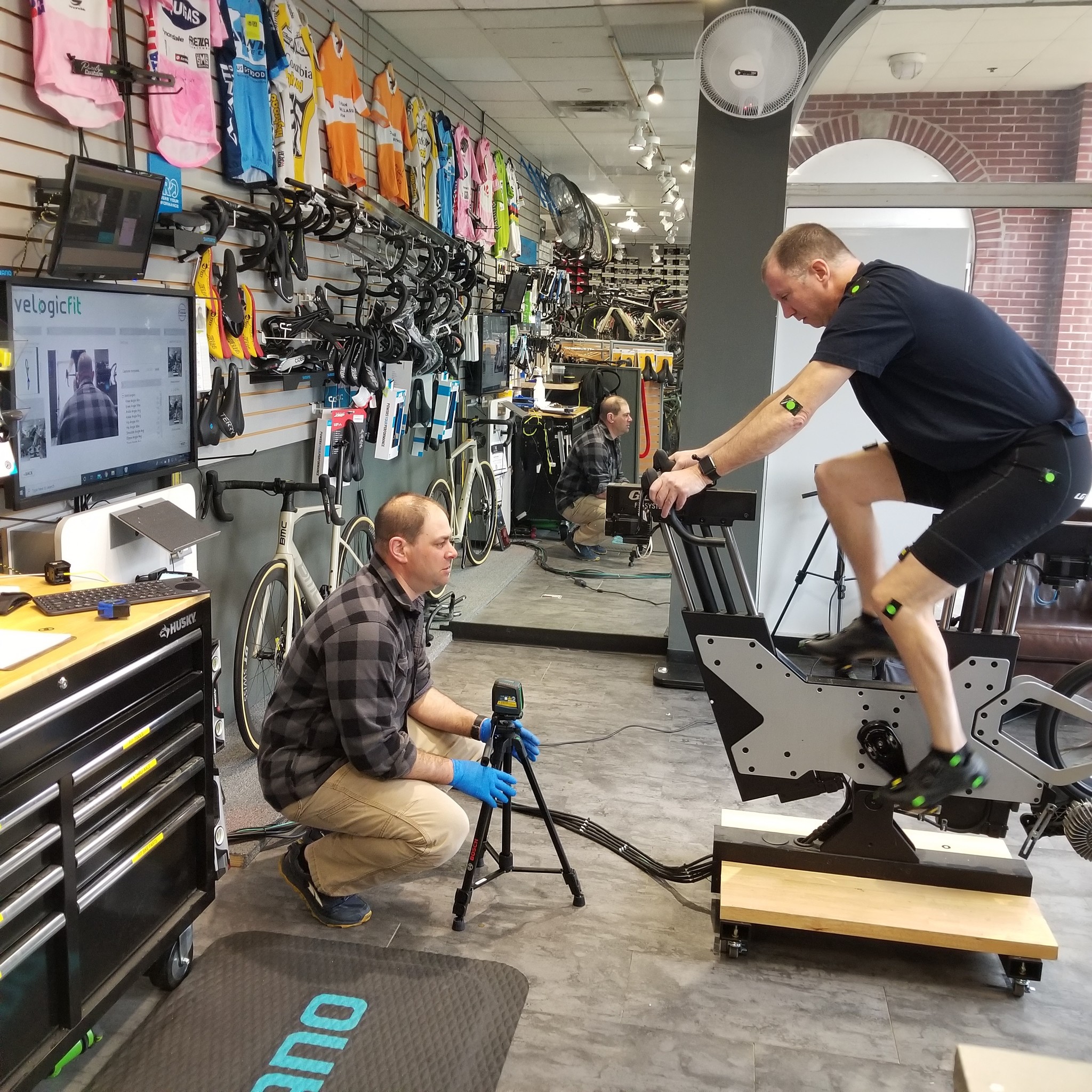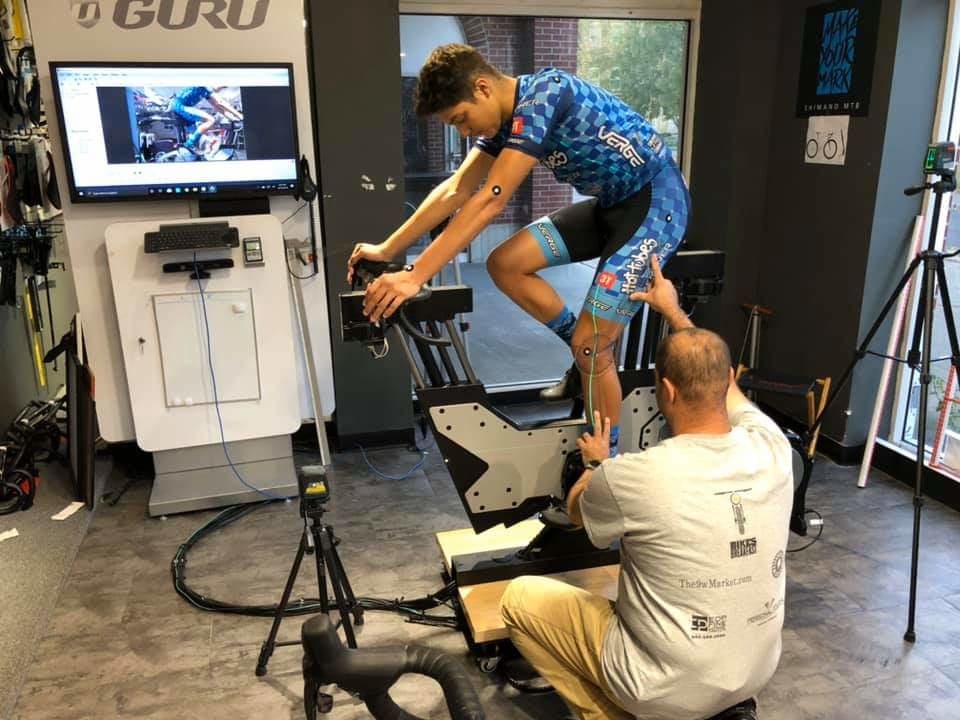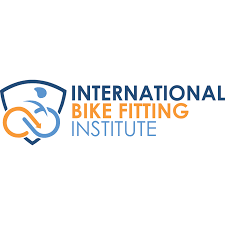September 07, 2023
How often Should I have a Bike Fit

We often get asked by our clients after how many years they should consider a new Bike Fit. There is not always a straightforward answer to this but there are some factors that indicate that it might be time to take another look at your riding position. Below we talk about four of the most common.

New goals
It is not uncommon to have a change in goals. Many clients start off training or riding for events less than 50 miles per day however, for longer events the sustainability and comfort of the position will be of higher priority. For many cyclists/triathletes their optimal position for the shorter events will not be maintainable for longer durations and will need to be adapted accordingly. The sustainability of a rider’s position can be assessed using off-the-bike biomechanical assessments.

A change in strength, flexibility or movement co-ordination
Strength, flexibility, and movement coordination are all factors that have a profound impact upon a bike fit and ultimately your bike position. For example, riders who are not very flexible in their hamstrings will often require a lower saddle height, relative to riders who are more flexible. On a similar vein, riders with more core strength and greater movement coordination (or proprioceptive awareness) will often be able to maintain a more aggressive, long, and low position. The great news about these factors is that they can be improved through training, both on- and off-the-bike. At PFP you will always be given a set of targeted exercises to help you improve any weaknesses you have in these areas. If you have done the work, it may be time for a new fit and a more aggressive position!

Following an injury or a crash
As cyclists, we have all been there whether it be a small niggle, broken collarbone, or something a little more serious. Although cycling is often a great form of rehabilitation it’s important to take things slow and not to rush your recovery. This does not just mean dropping those hard intervals from your weekly plan, the bike fit may also need to be adapted. You need to consider any loss of strength or range of movement caused by the crash/injury and adapt the bike accordingly. The position can improve as you do!
Significant Body Composition changes
Unplanned weight gain of 10 pounds or more, or significant change in body composition can often have an effect on your position and how force is being applied to the pedals. Saddles differ in support, size, and width, and with a change in body composition weight gain of more than 10 pounds will often change how one sits on the saddle.
For many women, an important time to have a new bike fit is after having a new baby. Childbirth can be a traumatic experience for the body and may lead to changes in the female anatomy which may impact how you sit on the bike. A position that worked for you previously may no longer be comfortable and you may need to look at relaxing your position. You may also want to incorporate some core-strength work into your training following childbirth as these muscles may have become weakened (particularly if you had a cesarean section). This could impact your posture on the bike, and the overall sustainability and comfort of the position.
For more information about best bicycles online shop. Reach us now.

